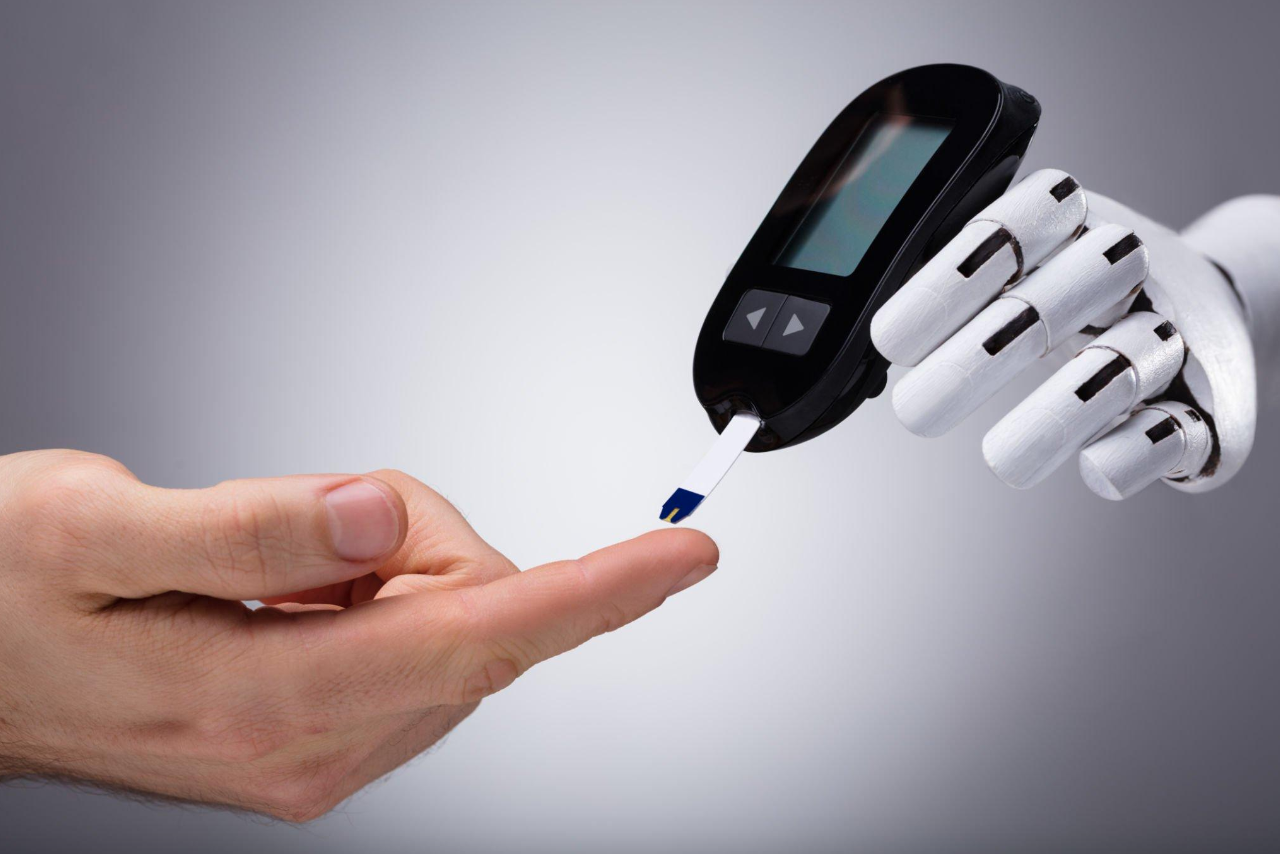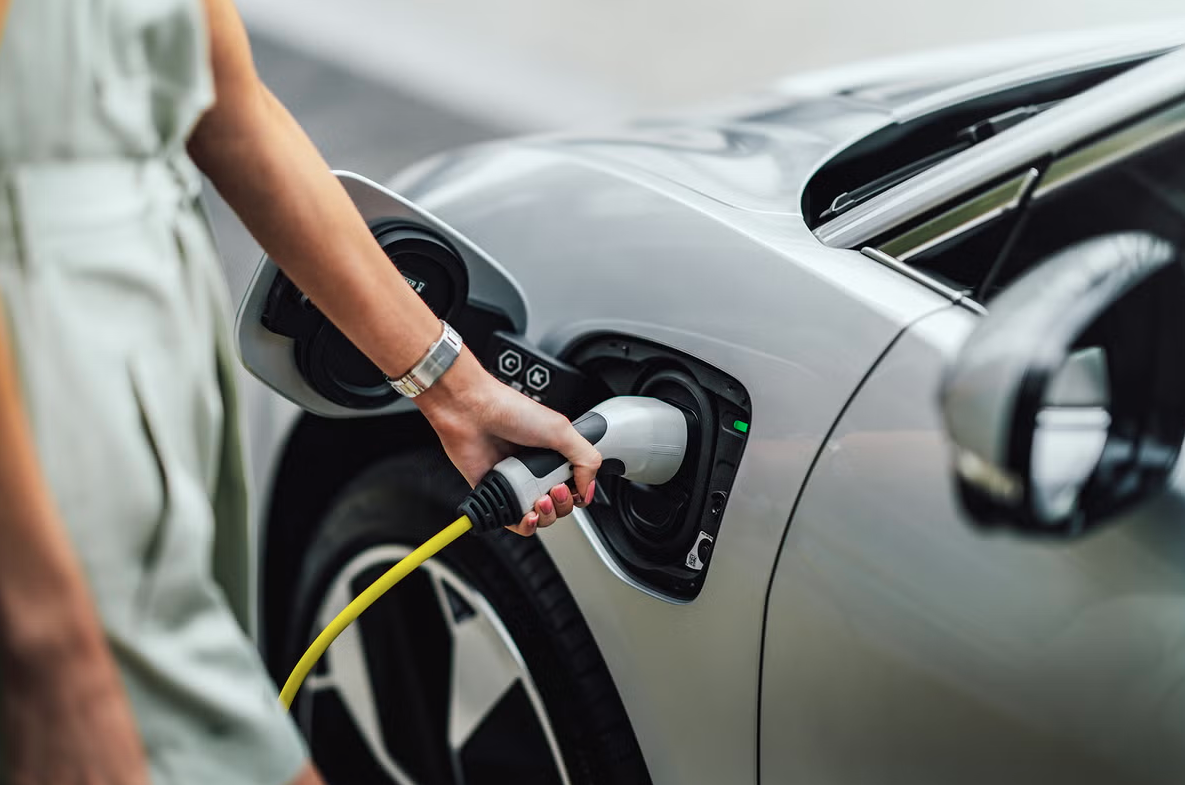The Future of Diabetes Management: Needle-Free Blood Glucose Meters

Needle-free blood glucose meters provide a painless way to monitor diabetes using technologies like microneedles or infrared sensors, with promising advancements in continuous monitoring and wearables.
Managing diabetes requires consistent monitoring of blood glucose levels, and traditionally, this has involved using lancets and needles to obtain blood samples for testing. However, the advent of needle-free blood glucose meters is poised to revolutionize diabetes management by offering a less painful, more convenient alternative. In this article, we explore how needle-free meters work, their benefits, challenges, and what the future holds for these innovative devices.
What is a Needle-Free Blood Glucose Meter?
A needle-free blood glucose meter is a device that measures blood sugar levels without the need for a lancet or needle to prick the skin. Traditional glucose meters require a small drop of blood, which is obtained by puncturing the skin with a needle-like device called a lancet. Needle-free meters, however, use alternative methods to collect the blood sample, such as microneedles, electrochemical sensors, or even infrared technology, making the process pain-free or minimally invasive.
These devices can offer a much more comfortable experience for people with diabetes, especially for those who need to check their blood glucose multiple times a day. With advancements in technology, needle-free meters are becoming more accurate, faster, and user-friendly.
How Do Needle-Free Blood Glucose Meters Work?
Needle-free blood glucose meters utilize different technologies to collect a blood sample without the traditional lancet:
- Microneedles: Some devices use an array of very tiny, painless microneedles that create a microscopic hole in the skin, allowing a small amount of interstitial fluid (the fluid between cells) to be extracted. This fluid can then be analyzed to provide an accurate glucose reading.
- Electrochemical Sensors: Another common technology is the use of electrochemical sensors that detect changes in the electrical properties of the skin when glucose is present. This method is non-invasive and typically requires the sensor to be placed near the skin for a few seconds.
- Infrared Spectroscopy: This non-invasive technique uses infrared light to analyze blood glucose levels. The light interacts with the skin, and the device measures how the light is absorbed by glucose molecules. The glucose concentration can then be estimated based on this absorption.
- Ultrasound: A more recent innovation in needle-free blood glucose meters uses ultrasound waves to extract glucose from the skin. This method is still in experimental stages but has shown promise for providing continuous glucose measurements.
Benefits of Needle-Free Blood Glucose Meters
- Reduced Pain and Discomfort: The most obvious benefit of needle-free meters is the elimination of the need for lancets, which can cause pain and irritation, especially when blood sugar levels need to be checked multiple times per day. This is a significant improvement for people with diabetes, as constant pricking can lead to sore, callused skin.
- Improved Compliance: Many individuals with diabetes struggle with consistent monitoring due to the discomfort associated with traditional blood glucose testing. Needle-free meters may encourage more frequent testing, which can lead to better diabetes management and fewer long-term complications.
- Convenience: Traditional blood glucose testing requires carrying around extra supplies, such as lancets, test strips, and a glucose meter. With needle-free meters, the process can be simplified, and some devices even offer continuous monitoring, which means users don’t have to manually test their blood glucose at all.
- Less Skin Damage: Frequent use of lancets can cause calluses, bruising, or other skin damage. Needle-free meters, particularly those using microneedles or non-invasive technologies like infrared light, do not cause such damage, making them a better option for long-term use.
- Less Fear of Testing: People with diabetes, particularly children, often have a fear of needles, which can discourage them from regularly monitoring their glucose levels. Needle-free devices help to reduce this fear, making it easier for patients to take an active role in their health management.
Challenges and Limitations
While needle-free blood glucose meters offer significant benefits, they are not without challenges. Some of the main limitations include:
- Accuracy: The accuracy of needle-free meters can be less reliable than traditional blood glucose meters that use a blood sample. Variability in readings due to skin conditions, hydration levels, or ambient temperature can sometimes affect the device’s performance. As a result, many needle-free meters still require validation against traditional methods.
- Cost: Many needle-free devices are still in the early stages of development or are available as high-end medical devices, which can make them more expensive than traditional glucose meters. However, as technology improves and becomes more widespread, costs are expected to decrease.
- Limited Availability: Needle-free glucose meters are not yet as widely available as traditional meters, and insurance coverage for these devices may be limited. As a result, many patients may not have easy access to these devices unless they are offered by specific healthcare providers or are part of clinical trials.
- Technology Limitations: Some technologies, such as infrared spectroscopy or ultrasound, are still under development or in clinical trials, meaning they may not yet be ready for widespread commercial use. These devices may require further refinements before they can become mainstream.
- Battery Life: Some of the more advanced needle-free meters, particularly those that offer continuous glucose monitoring, may have limited battery life or require frequent charging, which could be inconvenient for users.
The Future of Needle-Free Blood Glucose Meters
The future of needle-free blood glucose meters is promising, with continued innovation expected in the coming years. Here are some potential advancements:
- Continuous Glucose Monitoring (CGM): Several needle-free meters are being developed with continuous glucose monitoring features, allowing users to track their blood sugar levels throughout the day without needing to manually test. This could offer real-time data that helps individuals adjust their diet, exercise, and insulin use more effectively.
- Wearable Technology: Integration with wearable devices is another trend. Companies are developing wristbands, patches, or smartwatches that can continuously monitor glucose levels without the need for invasive testing.
- Improved Accuracy: As technology improves, so will the accuracy of needle-free meters. More research into infrared and other non-invasive technologies is expected to yield devices that offer even more reliable readings.
- Broader Availability: As needle-free meters become more commercially viable and insurance providers start covering these devices, their availability will increase. This could make them more accessible to a wider range of people with diabetes.
- Integration with Other Health Data: The ability to sync needle-free meters with apps and other digital health platforms could provide more comprehensive health data for users and healthcare providers. This data could help tailor diabetes management plans in real-time and make adjustments based on real-world factors.
Conclusion
Needle-free blood glucose meters are a game-changer in the management of diabetes. With their promise of reduced pain, increased convenience, and better compliance, these devices offer a more user-friendly way for people to monitor their glucose levels and manage their condition effectively. While challenges remain, particularly around accuracy and cost, the future of needle-free blood glucose meters looks bright, and as technology advances, they could become an integral part of diabetes care worldwide. For those living with diabetes, these devices offer hope for a less invasive and more comfortable future.
Explore
Accounting Software: The Key to Efficient Financial Management for Businesses

The 2024 Dodge Ram 1500: Power, Performance, and Luxury in One Package

Everyday Advantages of Driving a Dodge Ram 1500

The New Jeep Gladiator is Wowing Americans – See Why

Understanding Car Insurance in the United States: A Comprehensive Guide

The Rise of Electric Cars in the U.S.: A Revolution in Transportation

The Rise of New Retirement Villages: A Modern Approach to Senior Living

Instant Home Valuation: How Online Calculators Provide Real-Time Property Estimates
